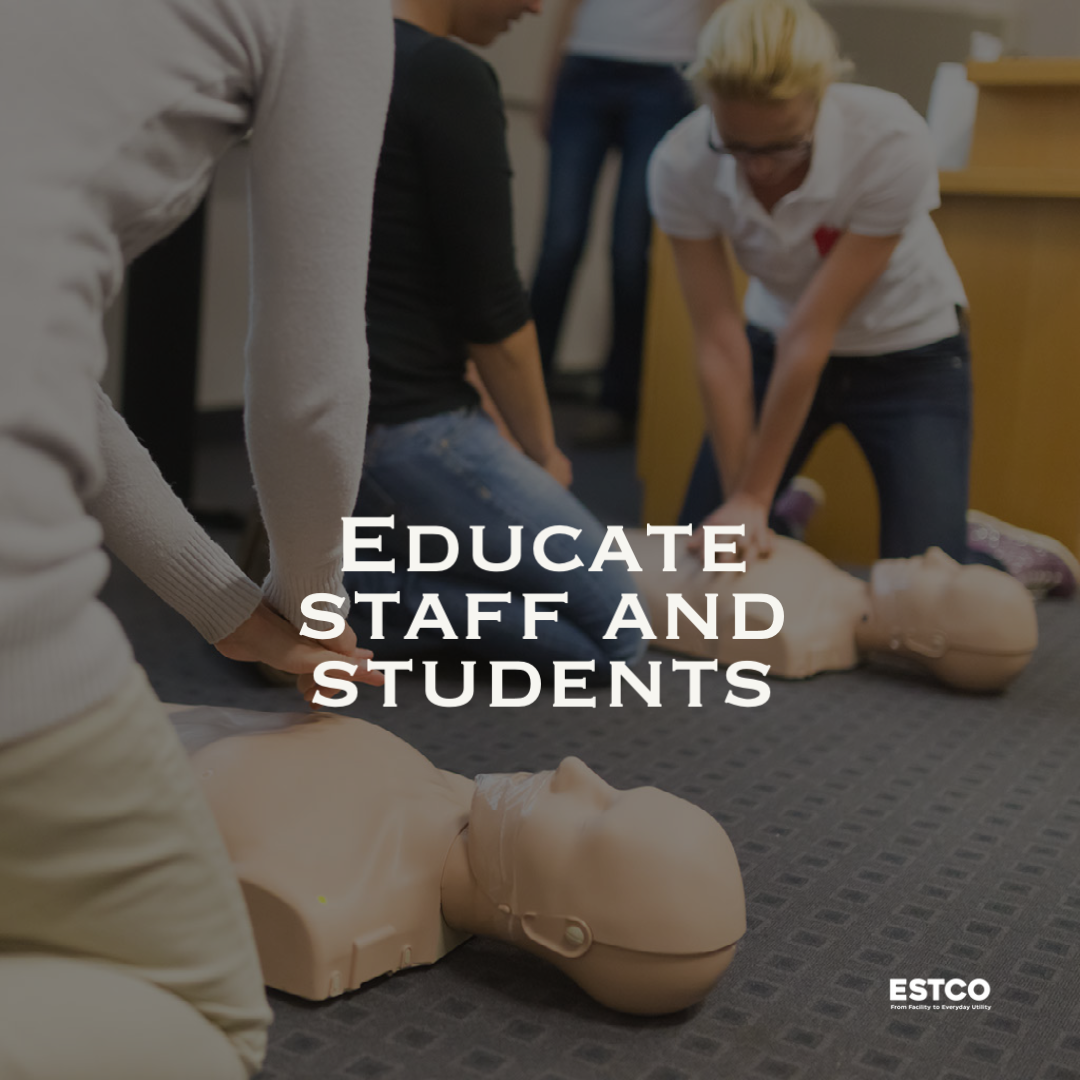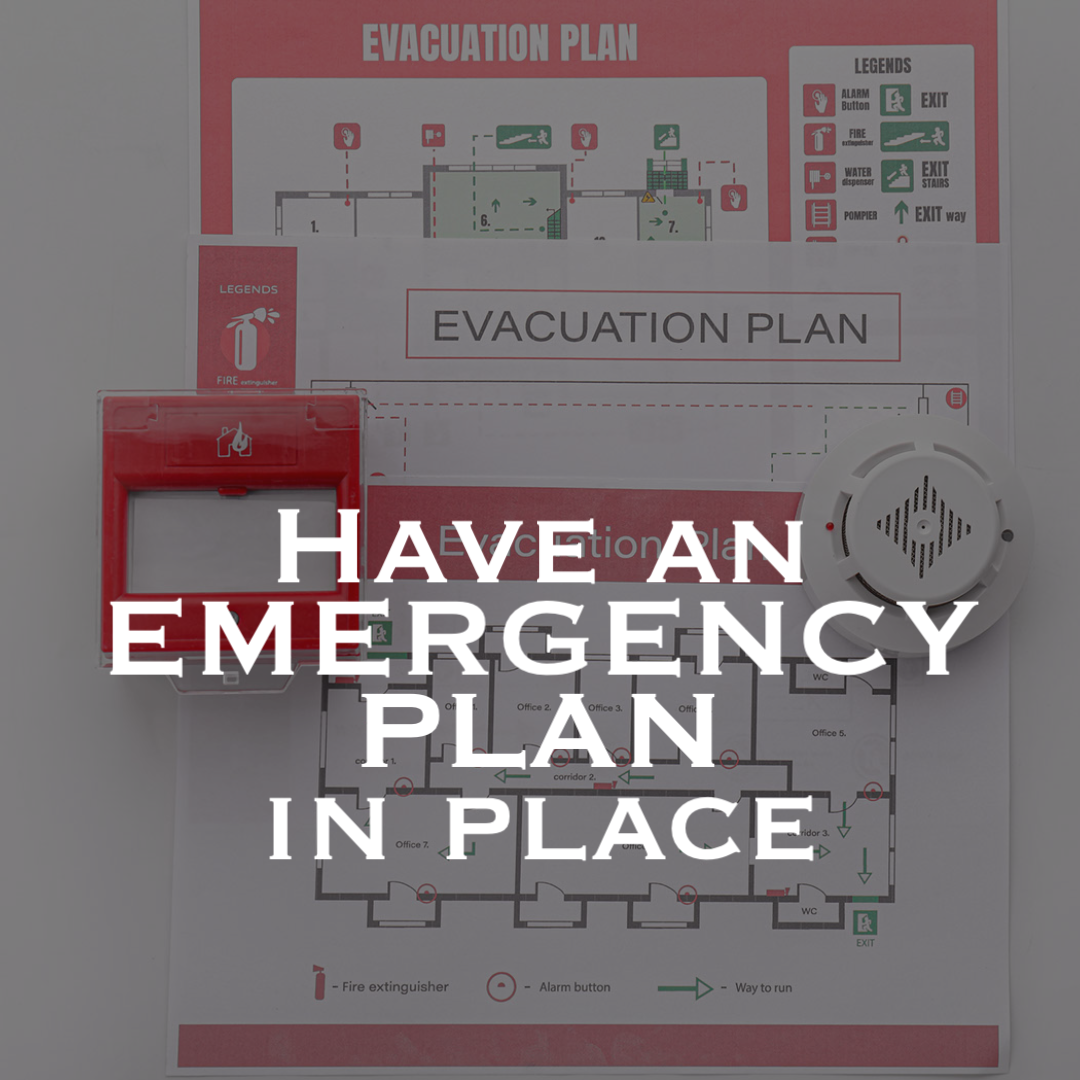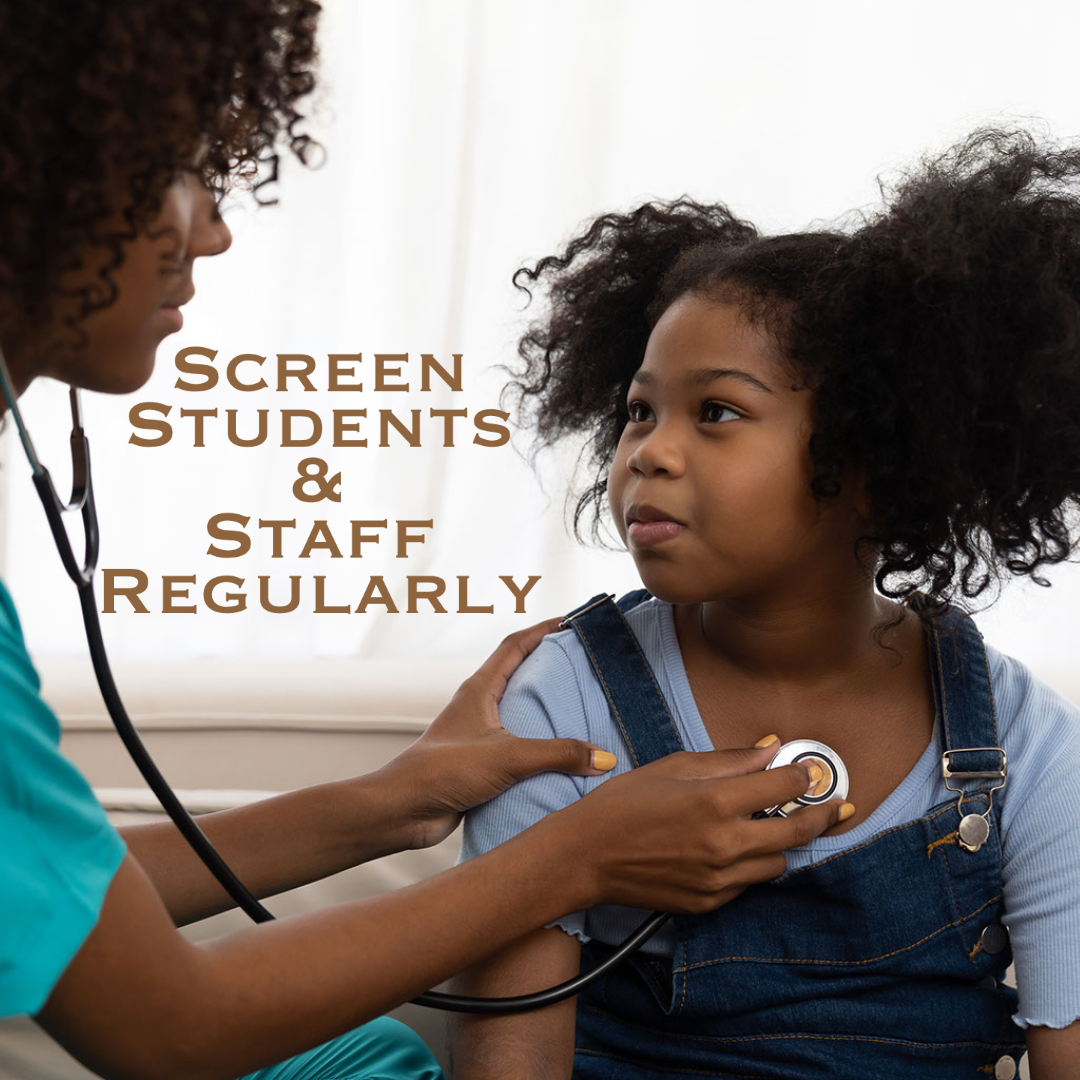5 Ways for Schools to Prepare for Sudden Cardiac Arrest (SCA)
Did you know that the average American high school contains about 850 students, and an average 15.8 students per teacher ratio? The size of these institutions has to be prepared for on-site medical emergencies.
Sudden cardiac arrest (SCA) is a medical emergency that can occur at any time, including during school hours. While it is not always possible to prevent SCA from occurring, schools can take steps to reduce the risk and respond quickly if it does occur.
Here are some measures schools can take to protect against sudden cardiac arrest:
Educate staff and students: Teachers, coaches, and students should be educated about the warning signs of SCA and how to respond in case of an emergency. This can include recognizing symptoms such as chest pain, shortness of breath, and sudden collapse, as well as knowing how to perform CPR and use an automated external defibrillator (AED).
Have an emergency plan in place: Schools should have a comprehensive emergency plan in place that includes protocols for responding to SCA. The plan should outline the roles and responsibilities of staff members, provide guidelines for calling 911, and ensure that emergency equipment, such as AEDs, are readily available.
Conduct regular screenings: Schools can conduct regular screenings to identify students who may be at risk for SCA. This can include evaluating students' medical histories, conducting physical exams, and performing electrocardiograms (ECGs).
Implement policies for physical activity: Schools should have policies in place that promote safe physical activity for students. This can include ensuring that students are properly hydrated, providing adequate rest breaks during physical activity, and ensuring that students are not engaging in activities that are beyond their physical capabilities.
Ensure access to medical care: Schools should ensure that students have access to medical care in case of an emergency. This can include having a school nurse on staff, providing access to medical professionals in the community, and ensuring that students with medical conditions have access to necessary medications and treatments.
By taking these steps, schools can help reduce the risk of sudden cardiac arrest and ensure that staff and students are prepared to respond quickly in case of an emergency, but having an operating AED easily accessible is a fantastic first step.
Reach out to our team with more information on our emergency products, especially medical emergency kits, medical AED stations, and Safety & Protective gear for all situations! We are happy to help keep our children and the facility as safe as possible throughout our entire country.



